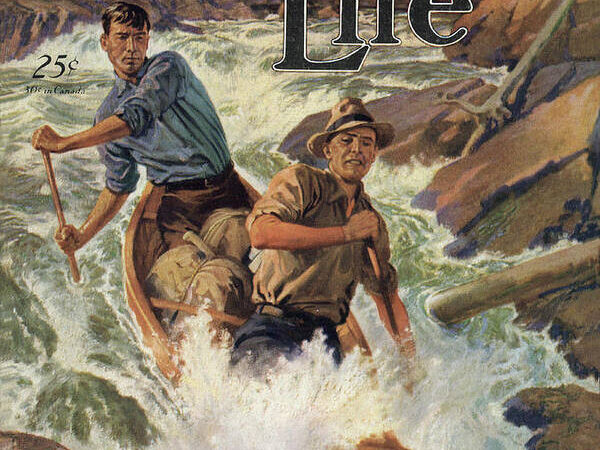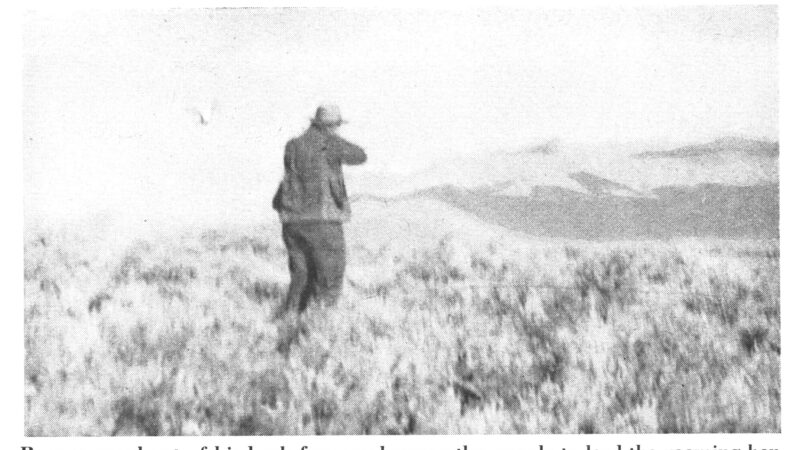13 Advanced Deer Hunting Tactics from the Experts
The best deer hunters in the nation (known and unknown) all share a common thread. They are students of deer and the woods, and they never stop learning. As such, they continually experiment with new and advanced deer hunting tactics.
In order to learn some of these secrets (and to share them with you), I called a handful of the best deer hunters I know. Here’s how they find success season after season.
Advanced Deer Hunting Tactics
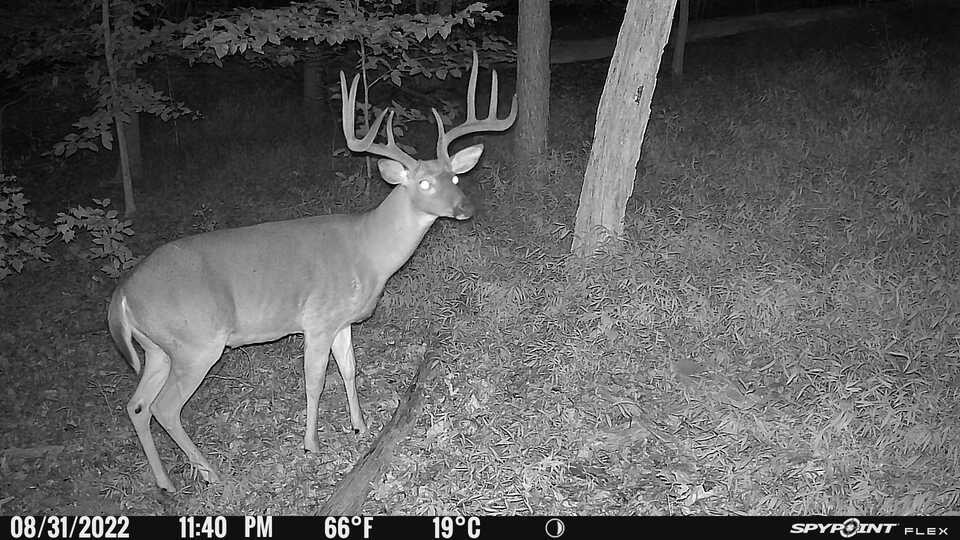
Save and Analyze Trail Camera Photos
Mark Drury of Drury Outdoors has bagged more big deer than most. His approach is proven, and the process he uses includes saving and analyzing a lot of trail camera data, especially historical information. He has kept every single trail cam pic of a racked buck since 2007.
“Save trail monitoring pictures in an organized fashion for easy review in future years,” Drury says. “Bucks are incredibly habitual from year to year. Study your pics year-round to formulate patterns with individual bucks or areas. [Over time you’ll build] a database that helps lead to patterns in future years, as crop rotations, weather, and moon in future seasons mirror conditions that occurred in the past. It takes a lot of time to assemble and study but saves time in future seasons.”
Think Like a Buck (Not a Deer Hunter)
Grant Woods of Growing Deer TV is one of the most renowned deer scientists in the country. He seems to get inside the mind of whitetails and understands what they do and why they do it. To that point, he stresses making hunting decisions based on what deer do, and not what we think they should do.
“An issue I’ve seen is hunters making setup and tactical decisions based on human thoughts,” Woods says. “The hunters I know that have repeated success filling tags in all types of conditions and habitats always think like a deer. They consider what deer need that day, and what will deer avoid.”
Treat Each Mature Buck as an Individual

As Paul Beasley, co-host of “Canada in the Rough” TV, says, hunters are creatures of habit. “The longer we hunt a piece of ground, the more established our hunting setups and entry/access/travel points become,” he says. “We tend to rely more on what has worked before, and while deer in general also tend to gravitate to the same trails, food sources, and pinch points, it has been my experience that mature bucks need to be treated as individuals and hunted accordingly.
“The buck I shot this year helps illustrate my point. We have hunted this same 100-acre property for over 10 years, and have always taken deer off of it in the same 50-yard-by-80-yard area. Throughout the spring and into summer, this buck was working that area perfectly, but as hunting season approached, his behavior changed. His appearances on camera began to fall off. So, I scrambled to put up more cameras and found that he hadn’t gone anywhere. He was just using different parts of the property.”
Beasley killed that buck on the second afternoon of the season. He arrowed from a setup that his crew had never harvested a buck from before.
“It was through paying attention to this individual buck’s behavior, and not just doing the same old thing that has always worked, that allowed me to put my tag on him,” Beasley says.
Evaluate Each Move
Oftentimes deer hunters do things without thinking. We react, rather than making decisions based on logic. HeadHunters TV’s Nate Hosie agrees, and says we should hunt smarter and not harder.
“Growing up, I used to think the more I was out there the better my chances,” he says. “It’s not completely wrong, but as I’ve grown as a hunter, I’ve learned to pick my moments for when to strike. Wind, temperature, time of year, trail cam intel, [and more] now go into my hunt. The less I’m in and out, and the higher probability my attempts are, the more success I find.”
Go All or Nothing with Scent Control
Rick White is a longtime staple in the outdoor industry and he suggests that hunters go all or nothing with scent management.
“One of the biggest things I try to instill in people is always going to the woods as scent-free as possible,” he says. “Always play the wind. Never intentionally hunt a stand on a bad wind. But also know that deer don’t always come in from where we want them to. So, if you’re not going to follow every step with scent elimination, then save your money.”
Read Next: 15 Scent Control Strategies That Actually Work
Go Undetected
It sounds like rudimentary advice, but even experienced hunters make blunders that lead to being seen, heard, and smelled by deer. It’s something we must continually keep at the forefront of our mind. Will this entry route cause bedded deer to see me? Will this exit route blow scent into a bedding area
Bone Collector Co-Host Nick Mundt knows deer hunting as well as anyone. As a former deer hunting guide and current big deer killer, he stresses the importance of going undetected when getting in and out of your hunting spots.
“Never think the wind will just work,” he says. “Always know that they’ll bust you if the wind is wrong. It dictates every sit.”
Kill a Buck Early (Before the Rut)
Aaron Gaines of Ani-Logics advises hunters to kill a target buck as early as possible. The early season and pre-rut offer opportunities to hunt consistent bucks.
“This is when he’s on a pattern and most predictable,” Gaines says. “To do this, I utilize most recent information from cameras. I’m very disciplined on hunting the right wind. If he’s daylighting, and I’ve got the right wind, things usually work out well.”
Read Next: Why the Last Week of October Is the Best Time to Kill a Big Buck
Make a Plan and See It Through
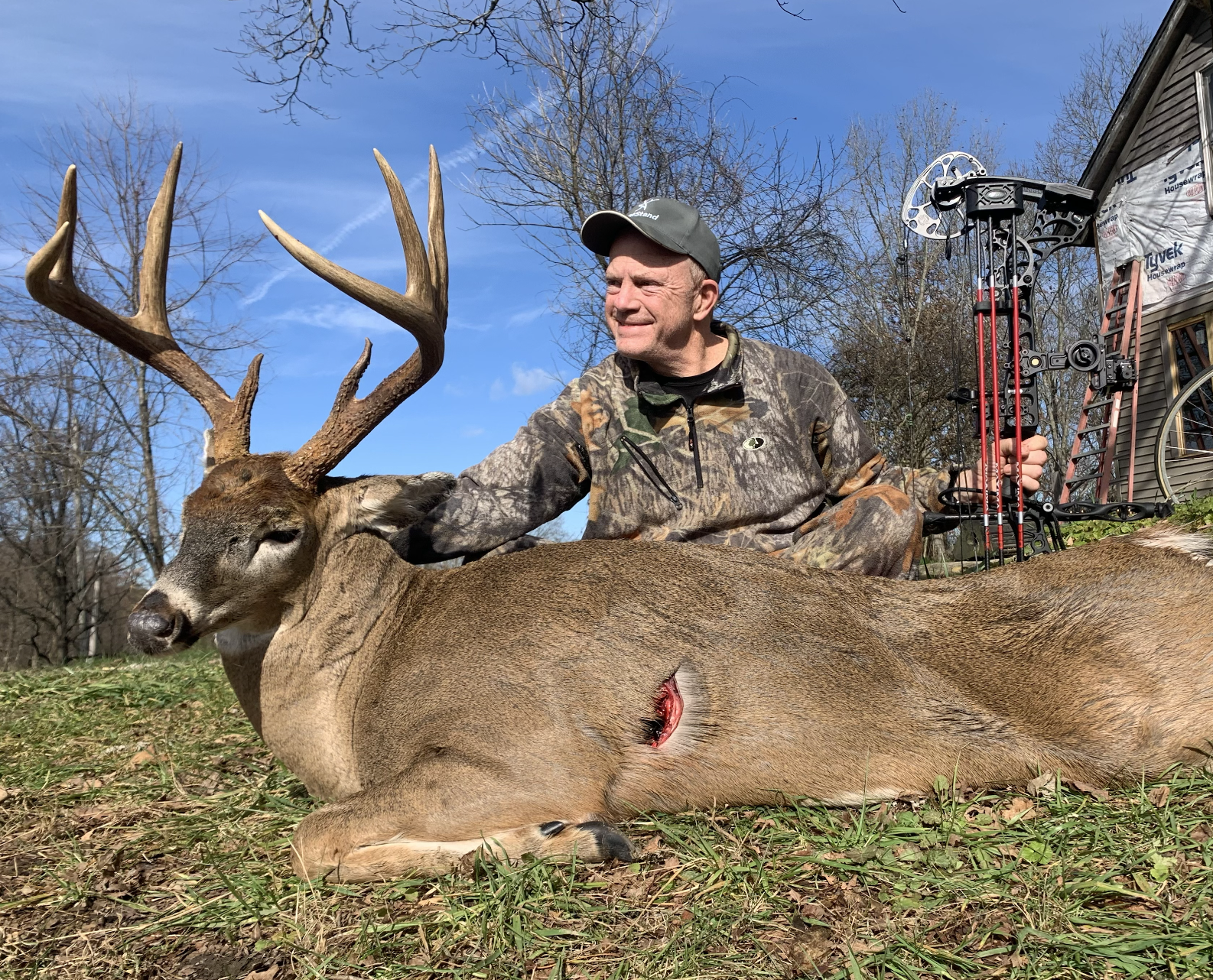
During the rut, whitetail bucks seem to travel via loops. That’s not hearsay or some hokey hack from your grandaddy’s hunting journal. That’s straight from a deer biologist. More specifically, former CEO of the Quality Deer Management Association and current HuntStand biologist, Brian Murphy.
“The biggest piece of advice I’ve learned over the years is to develop a plan and then stick with it long enough for it to have a reasonable chance of success,” Murphy says. “In other words, informed optimism. The hunters who have done their homework and keep a positive attitude, often after multiple dismal outings, are ultimately the most successful. Knowing from research that bucks often take a few days to complete loops within their home range, it’s not surprising that it takes persistence to increase the odds you will get an opportunity.”
But Move When You Need To
Nathan Mrnak, COO of Base Camp Leasing, is a diehard deer hunter. He spends many days in the field each year. He stresses that it’s OK to move off your original plan and make a move.
“Picking out a stand location can be one of the toughest decisions while setting up on a mature whitetail,” he says. “I have had many first sits that ended with my target buck just out of bow range. Seeing his exact route provided the last bit of intel to moving a set just 50 yards to capitalize the next sit. This has worked time and time again in big timber.”
Be Timely in Your Tactics
The most basic element of deer hunting is hunting deer where they are. To do that, you need current information.
Own the Season’s Art Helin knows this well. “Hunt where the bucks want to be during the correct phase of the season,” he says. “Food sources during early season, transition areas during the pre-rut (between field and bedding and staging areas), funnels and ridge edges during the rut (all day or mid-day sits especially), and back to food sources late season.”
Do All-Day Sits Differently
During the rut, a lot of deer hunters choose to do all-day sits. Whitetail Properties Land Specialist Ben Harshyne does, too. However, he changes things up.
“I grew up hunting all-day sits in one stand,” he says. “Over time, I learned that deep timber and thick cover are action-packed in the morning and afternoon, yet often go cold by evening. In the afternoon, shift focus to hunting cover and edges near food sources or along travel lines leading to food. Not necessarily the actual food edge, but nearby. Does bed near food and still want to feed — and the bucks know it. Few stands are productive all day, so fine-tune your late-day move to target cover that relates to food.”
Be Appropriately Aggressive
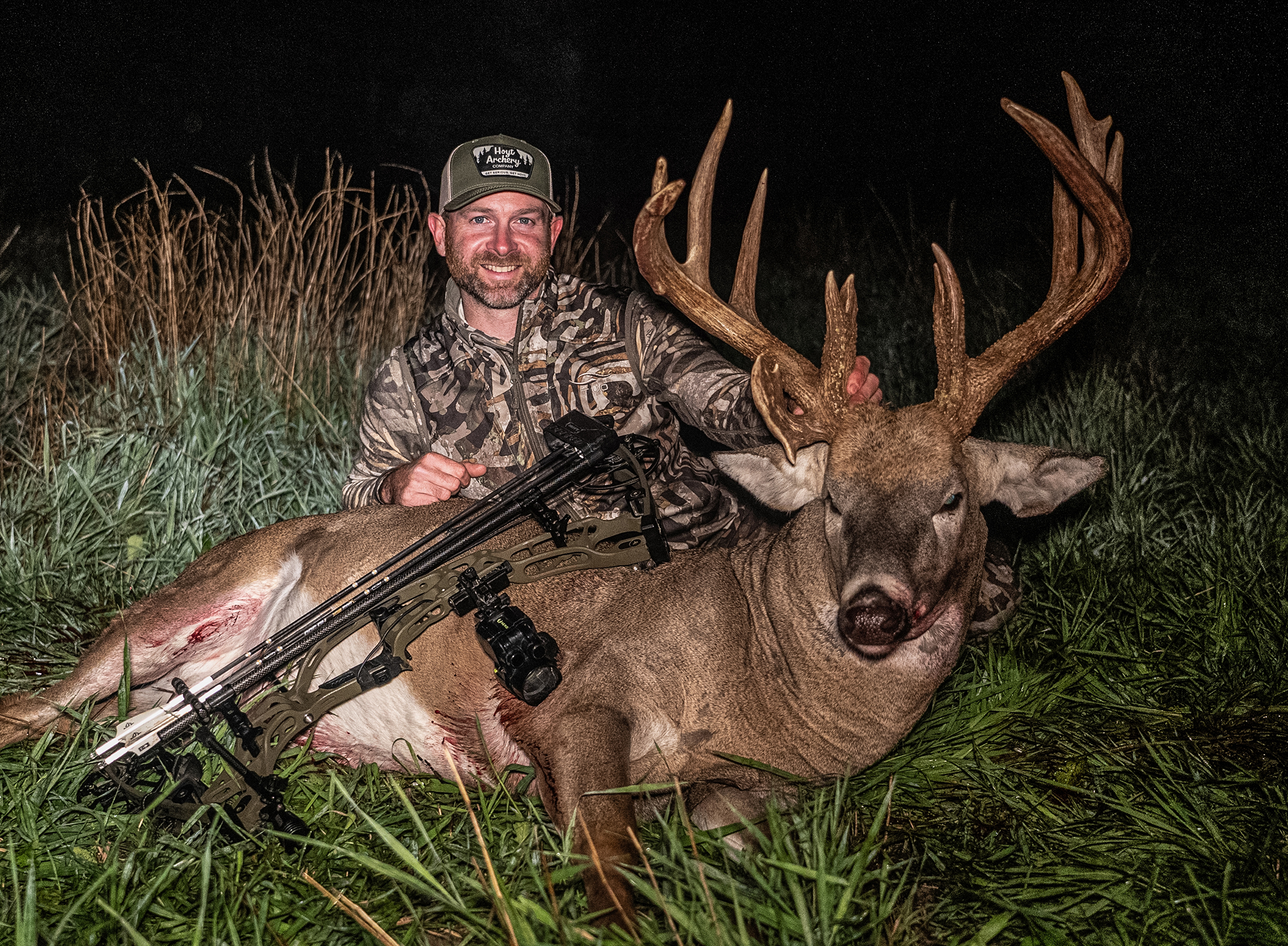
Big buck killer Jared Mills has arrowed a lot of big whitetails. He says don’t be afraid to be aggressive, but do it at the right time.
“I think most guys tend to be too conservative when hunting a target buck, staying on the fringes and only getting out when the conditions are perfect,” he says. “That’s fine if you have the entire season to hunt, and there’s little chance of him getting killed by a neighbor, but that’s a very rare scenario for most of us. While the windows of opportunity to encounter a target buck are already small enough, we make them even smaller by not getting in there after him. Be smart with your hunting, of course, but don’t sit around waiting for the absolute perfect time to move in, otherwise, you’ll likely miss a chance.”
Keep Hunting
Finally, just keep hunting. You won’t always kill a deer on opening day. It might just be closing day. So, keep hunting, and don’t give up.
“Have patience and persistence,” Helin concluded. “The entire season can change, and it can all happen in a short minute. Stay with it, and never give up, but also never get lazy. Always follow the same regimen from day No. 1 until the end.”
The post 13 Advanced Deer Hunting Tactics from the Experts appeared first on Outdoor Life.
Source: https://www.outdoorlife.com/hunting/13-advanced-deer-hunting-tactics/




